These 5 Sufi Shrines in India will bring tears of joy in your eyes and peace to your mind

Sufism means the path of love which one cannot learn from books and articles. To learn it one has to experience it and felt. The final destination of Sufi is to meet his beloved that is god here in this world. Here are some of the Sufi shrine destinations in India where the souls of Sufi Saints are always present
Hazratbal Shrine at Srinagar
In 17th century Sadiq Khan, famous subedar of Shahjahan , laid out a garden at the bank of Dal lake and constructed a beautiful building named as Ishrat Mahal. Later it was converted into prayer house. It is one of the ancient Islamic sites in Kashmir where the white marble beauty is reflected in the waters of Dal Lake. It is counted among the most religious places of the Muslims in India. Friday prayers offered at Hazratbal Shrine are considered to be very pious.Its relationship with the Prophet Mohammad is the primary reason that authorities permit the devotees to see the relic just once every year. Amid this event, guests see large number of travelers to this shrine.The celebration draws in a large number of explorers all around the globe regardless of caste, belief and religion who join the festival with an open heart and complete commitment.
Sheikh Salim Chisti Dargah at Fatehpur Sikri
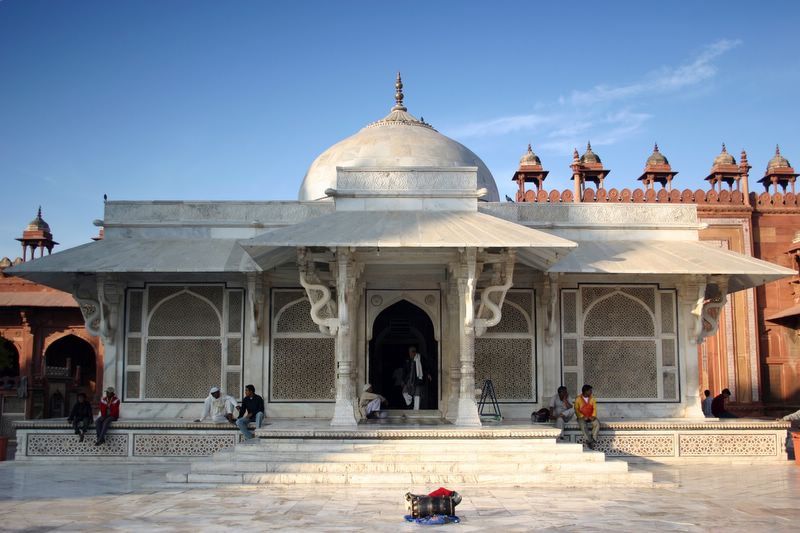
The white marble tomb of Sheik Salim Chishti is prominent among the sacred spots of Islam in India. Constructed by the court of Mughal Emperor Akbar, it is a standout amongst the most critical Sufi altars in the district and is considered as an extremely sacred place both by Hindus and Muslims.
Each Thursday, a large number of local people visit this sanctum to offer their prayers to God. Built in 1570, it is believed that the childless ladies come here to get the blessings of the holy saint. The entire climate in and around the Dargah looks divine with several men and ladies thronged there for the requests to God. Travelers, who beg in the Dargah, likewise offer rose blooms on the tomb. While entering in the Dargah, you are required to cover your head either by means of cap or bit of cloth.
Ajmer Sharif at Ajmer, Rajasthan
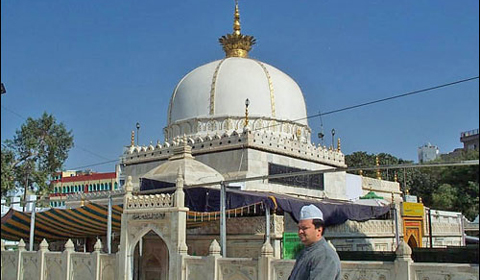
One of the most holy places of Islam in India is Ajmer Sharif Dargah where it is belief that no prayer goes unanswered. Ajmer Sharif is the grave of the Saint Khwaja Moinuddin Chisti, born in Chisti region in Afghanistan. People from different religious background offer prayers and devotees come from all over the world. The holy saint practiced the Sufi-e-Kulh that emphasized more on Hindu-Muslim unity.
The shrine of Gharib Nawaz Khwaja Moinuddin Chisti is the most seasoned and greatest Dargah in South Asia. The father and mother of Garib Nawaz had a place with the thirteenth era of Imam Hussain and the ninth era of Imam Hassan. In this way, Garib Nawaz wasdirectly connected with the Prophet himself. Khwaja Moinuddin Chisti was otherwise called Garib Nawaz inferable from his kindheartedness and cordiality towards poor.
Char Minar at Hyderabad
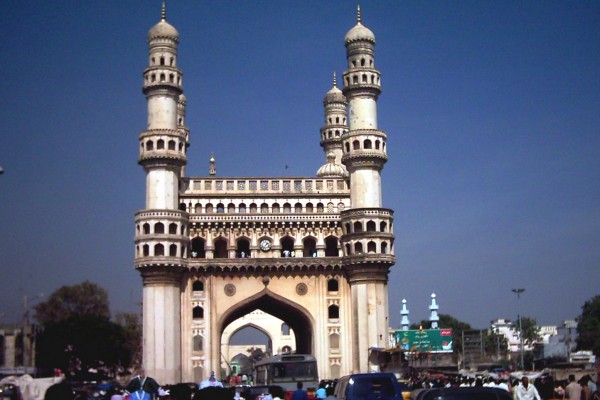
Char Minar a sumptuous and sublime milestone that goes back to the grand days when India was ruled by lords, is one of the most celebrated landmark to visit in Hyderabad. The exact importance of ‘Char Minar’ is ‘Four Towers’ or ‘Mosque of the Four Minarets’. These were clearly made to speak to the initial four caliphs of Islam separately. The religious significance of Char Minar mosque lies in the way that it was built after the supplications to God of Sultan Mohammad Quli Qutub Shah were satisfied, with respect to the concealment of sickness. It is in fact intriguing to witness the way the present city of Hyderabad has sprung up around the mosque.
Jama Masjid at Delhi
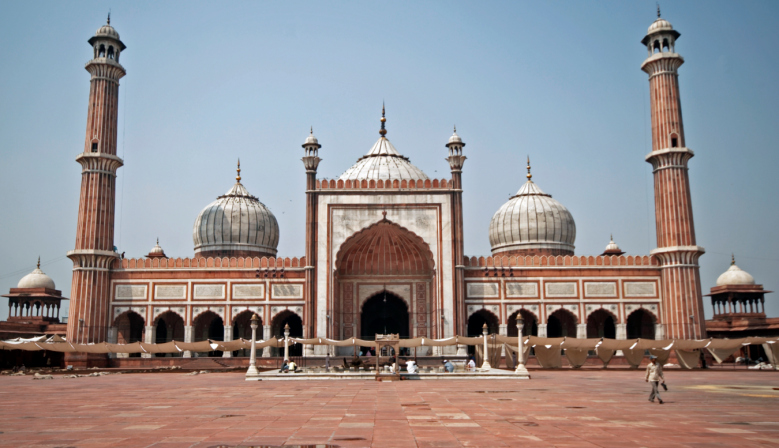
Jama Masjid was built by the Emperor Shah Jahan in the year of 1650 and it is one of the largest mosque in India which is located in Delhi. It is one of the most significant holy places of Islam in India. The carvings made in the mosque are exceptionally beautiful and a monument is built with hundreds of the pillars and domes with yellow sandstone. The mosque has three gates, four towers and beautifully built 40 meter high minarets constructed with the strips of red sandstone and white marbles.
It was customary for the emperor and his courtiers to visit the mosque every Friday for attending ‘Jumme ki Namaz’, the congressional prayer. There is a dress code for certain people visiting the mosque. The head should be covered and everyone should wear a lungi. People should enter barefoot only.
 IN
IN
 GB
GB  US
US 
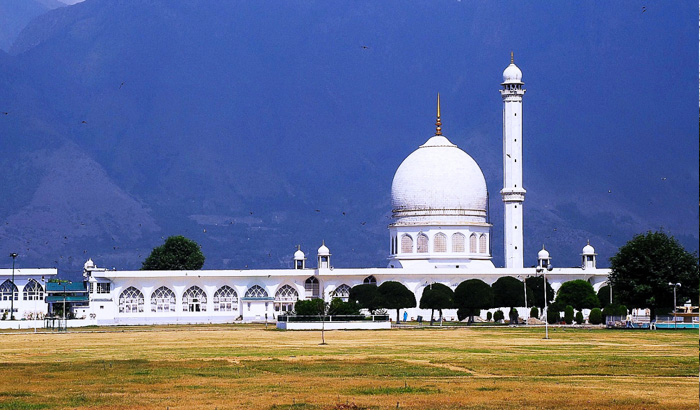
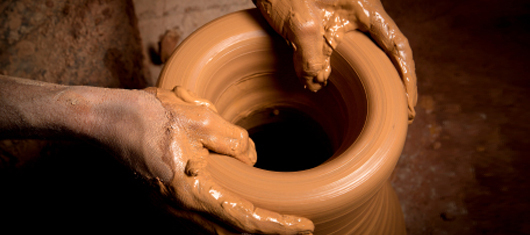

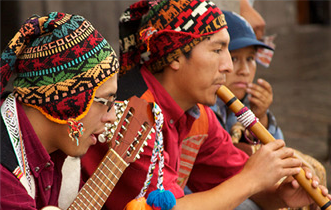


The information below is required for social login
Sign In
If you have an account with us, please log in.
New User?
Already have an account